Unique Artworks
The distinction between so-called originals and editions is sometimes difficult as the former can in fact exist in small edition numbers – as is often the case for photography-based or sculptural artworks – and the latter can include unique features that make it one-of-a-kind. In these cases, it often depends on the artist’s definition and intention behind an artwork.
The following is a selection of unique artworks or so-called originals.
Sort & Filter
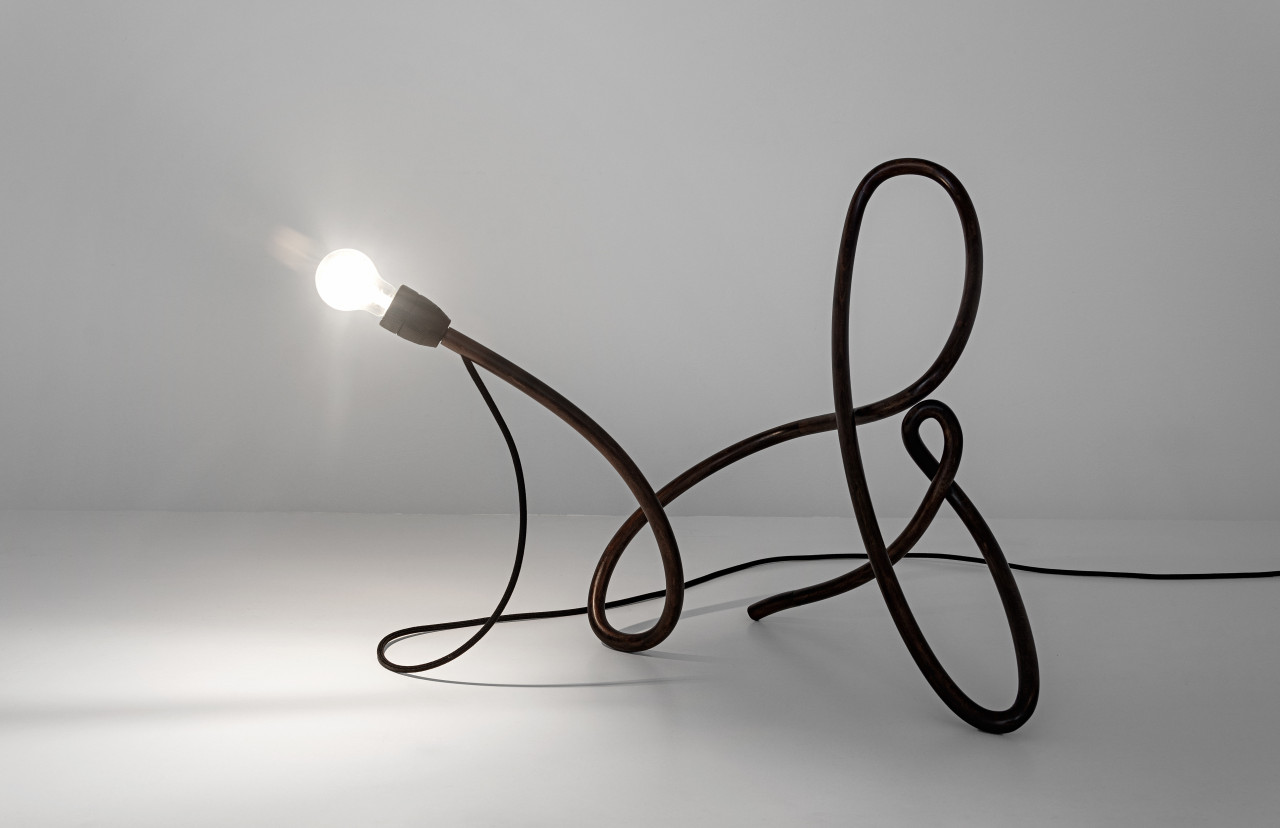
Tobias Rehberger
Spy, 2019
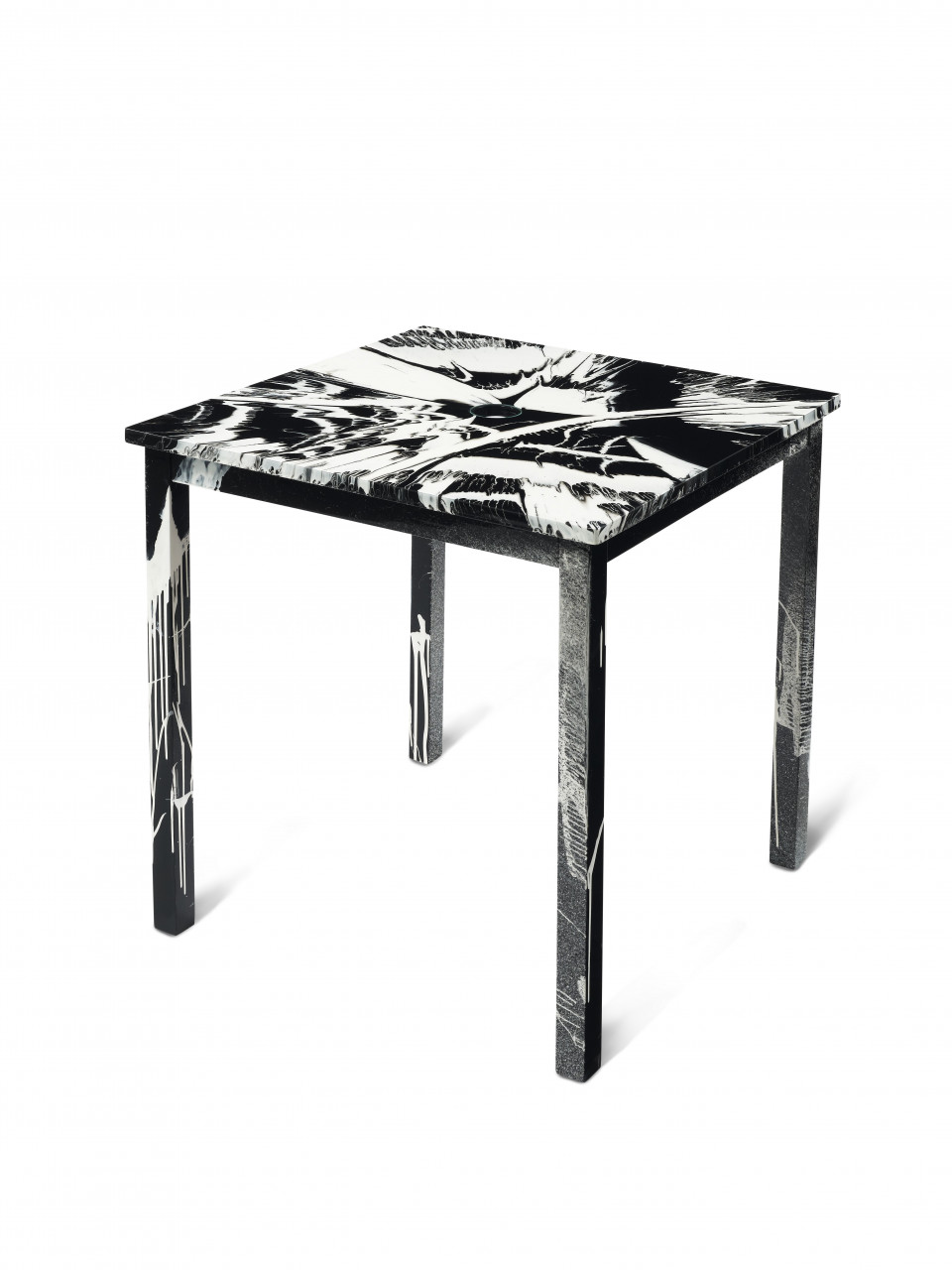
Damien Hirst
Beautiful Flavour of the Month, 2014

Dan Flavin
Untitled (to Robert Ryman), 1996

Joseph Kosuth
Quoted Use #1-8, 2019
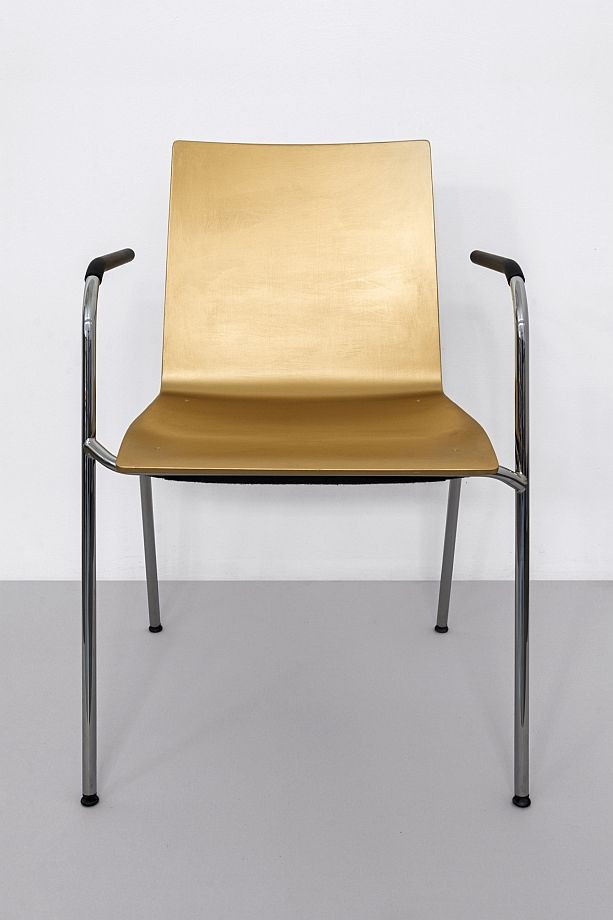
Heimo Zobernig
Untitled, 2004/2019
EUR 6,000

Heimo Zobernig
Untitled, 2004/2019
EUR 6,000
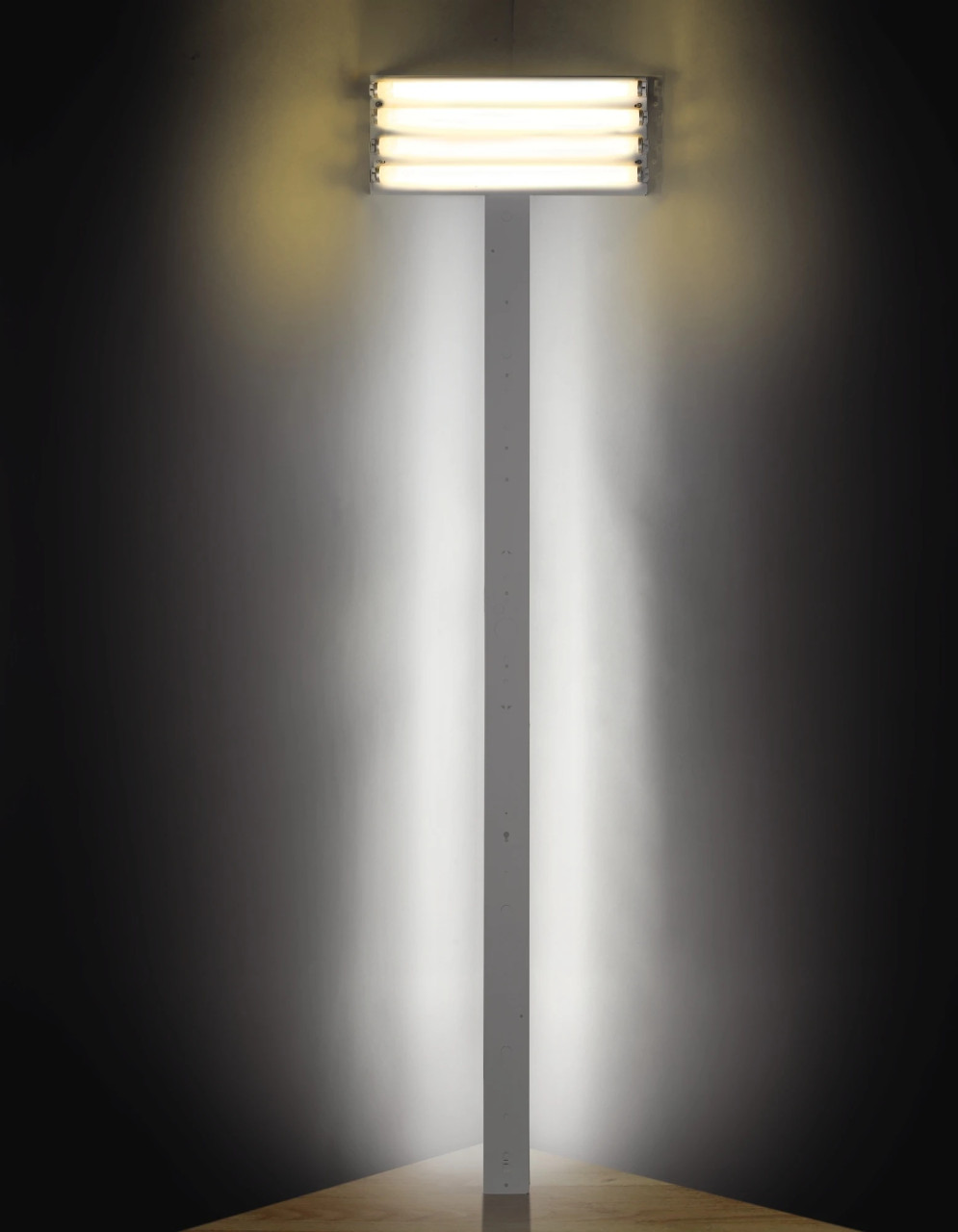
Dan Flavin
Untitled (to Jörg Schellmann), 1994

Dan Flavin
Untitled (to Jörg Schellmann), 1994
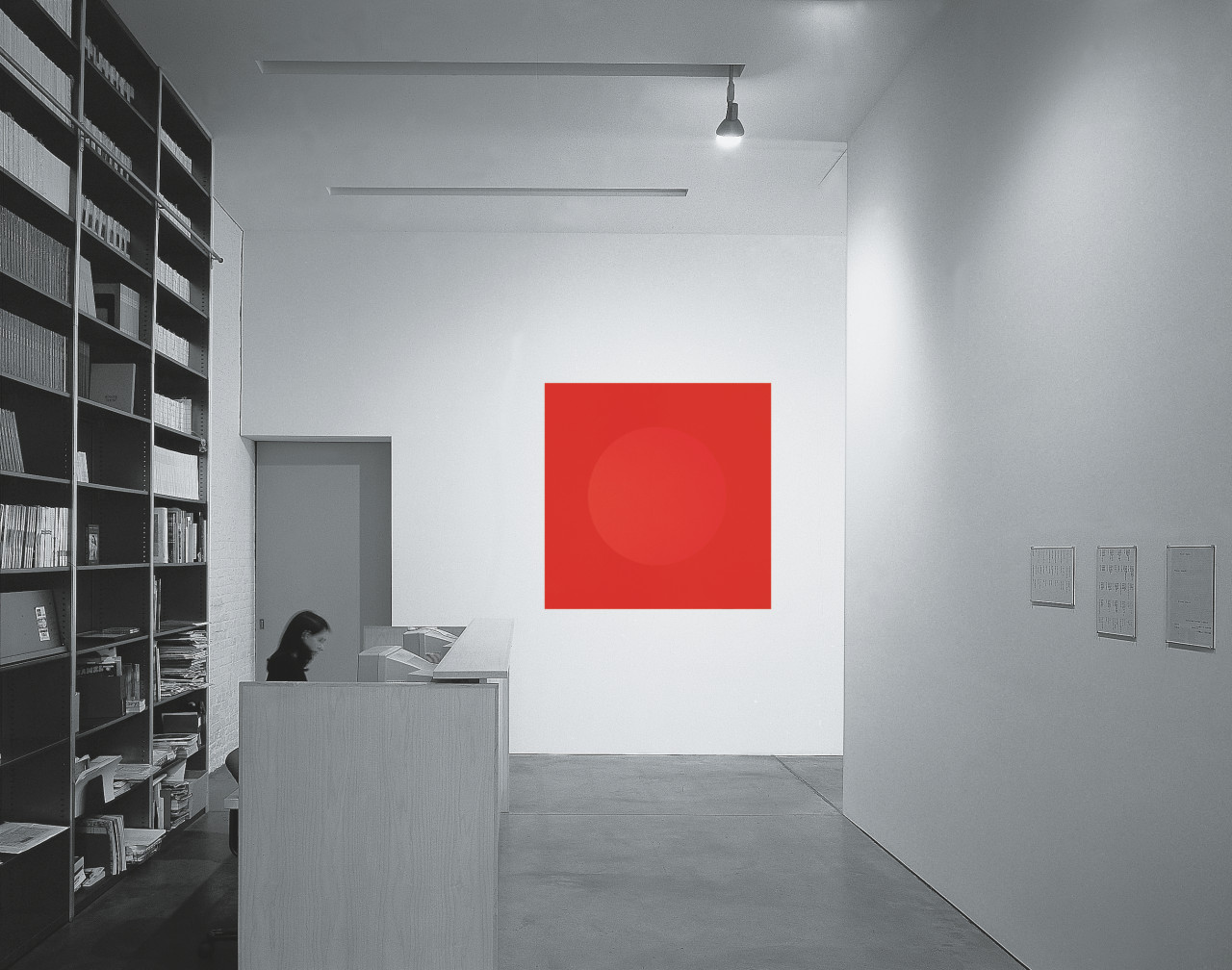
Sol LeWitt
Wall Drawing #891, 1998
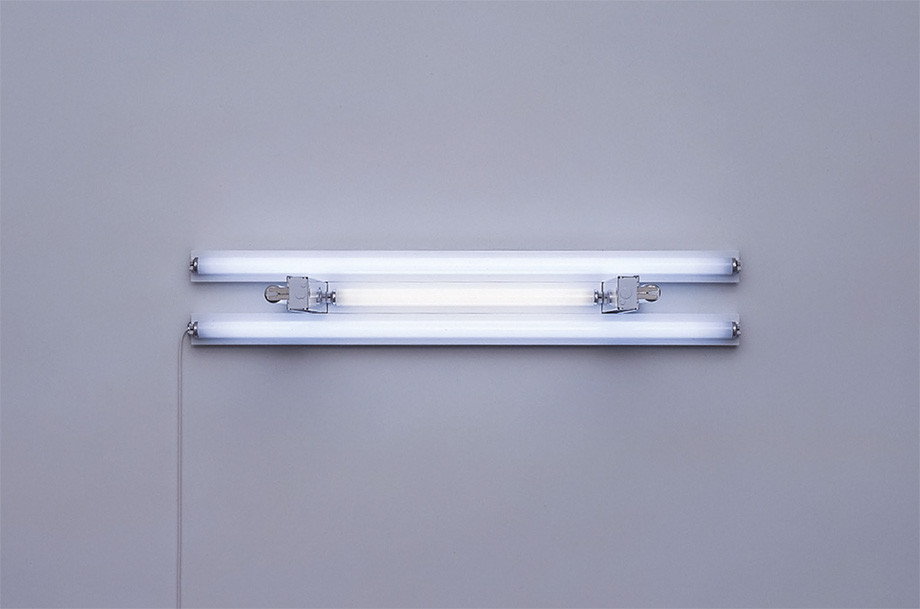
Dan Flavin
Untitled (to Mary Elizabeth), 1992
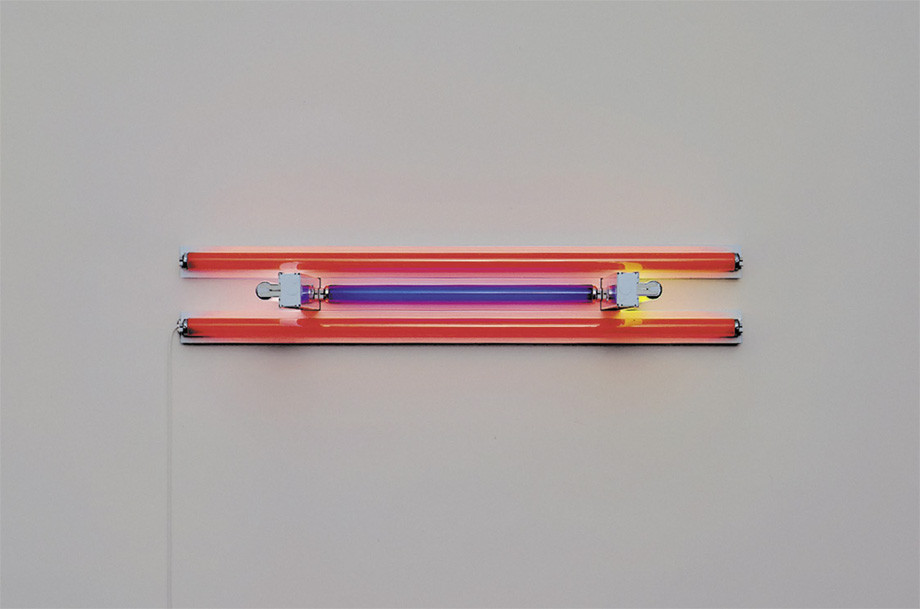
Dan Flavin
Untitled (to Madeline and Eric Kraft), 1992
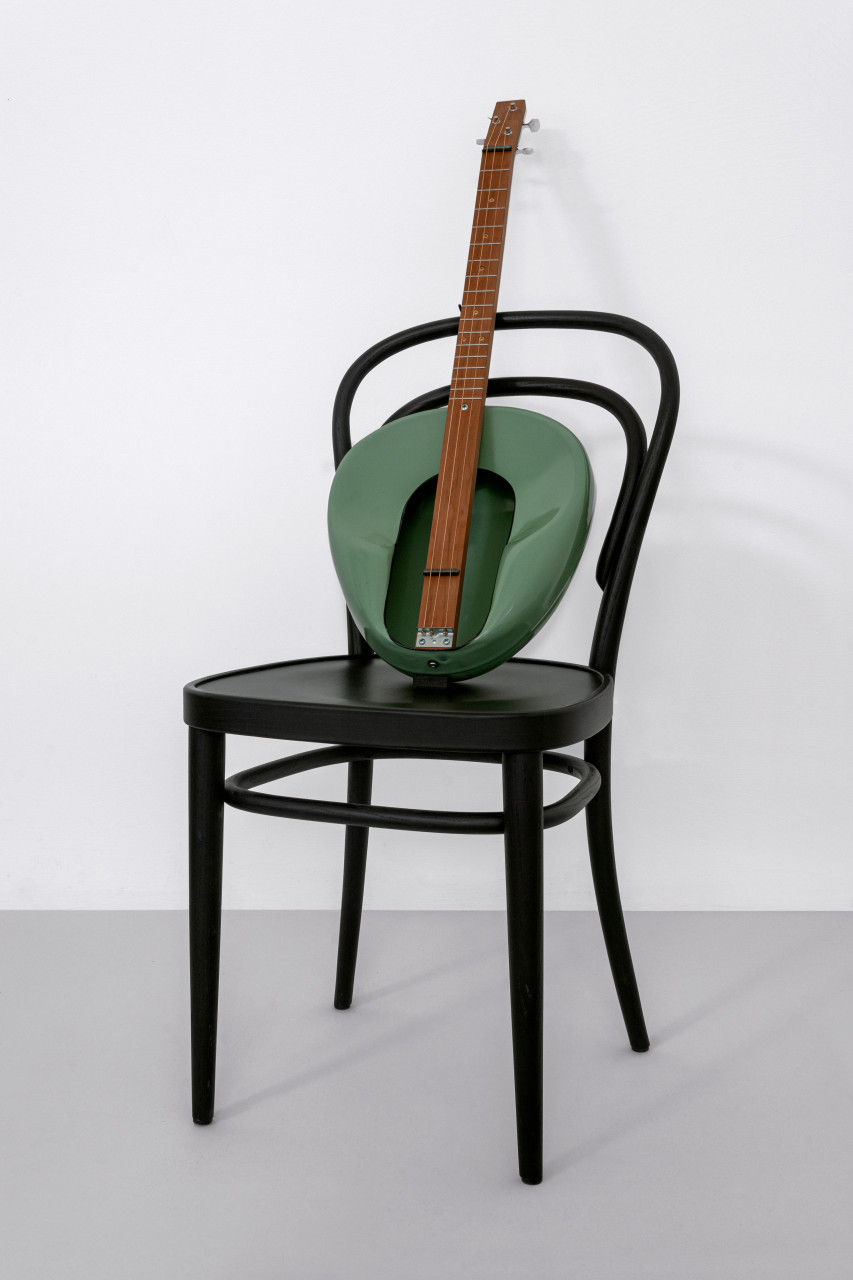
Haim Steinbach
Untitled (Thonet chair, Jackson guitar), 2019

John Armleder
Untitled (Thonet), 2019/2025

Gerhard Merz
The Chair of the Architect, 2019
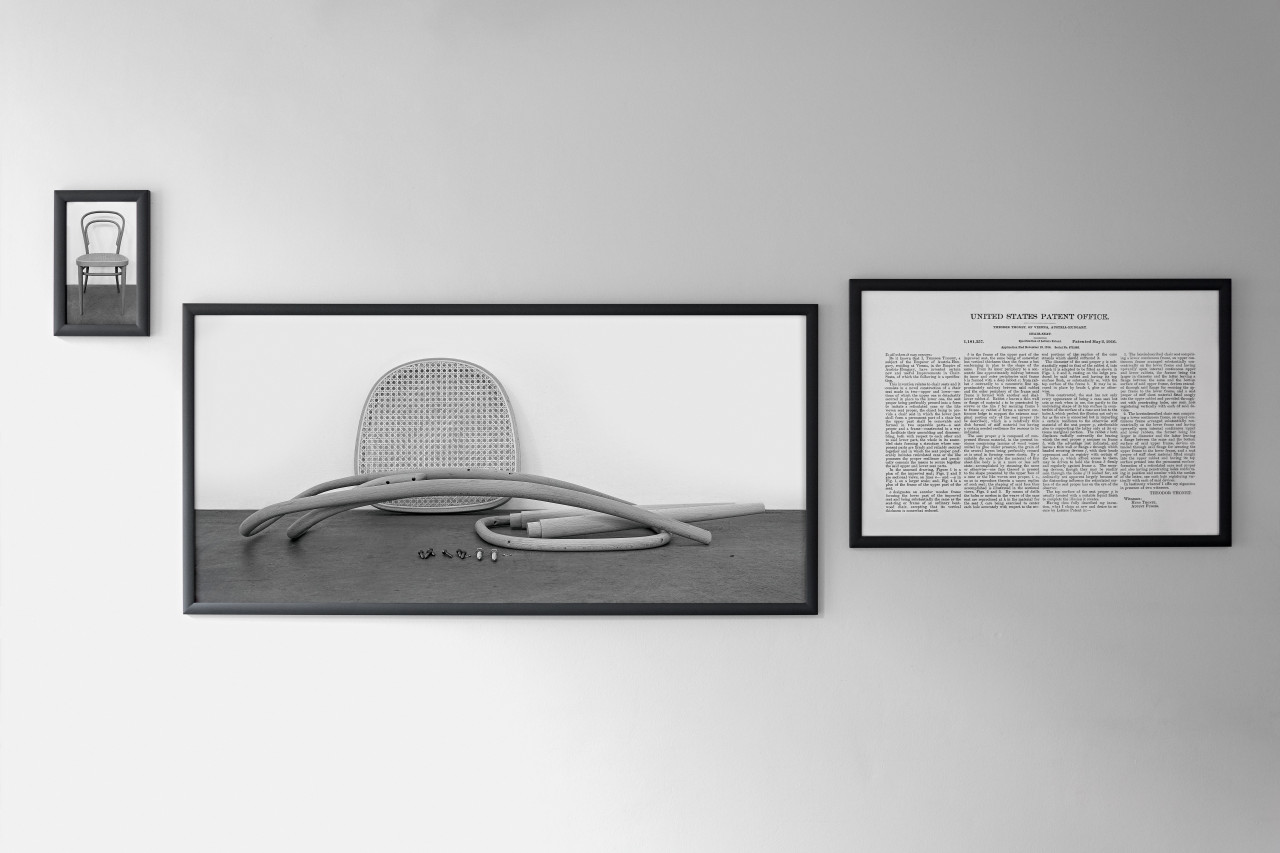
Joseph Kosuth
Thonet in Triplicate, 2019
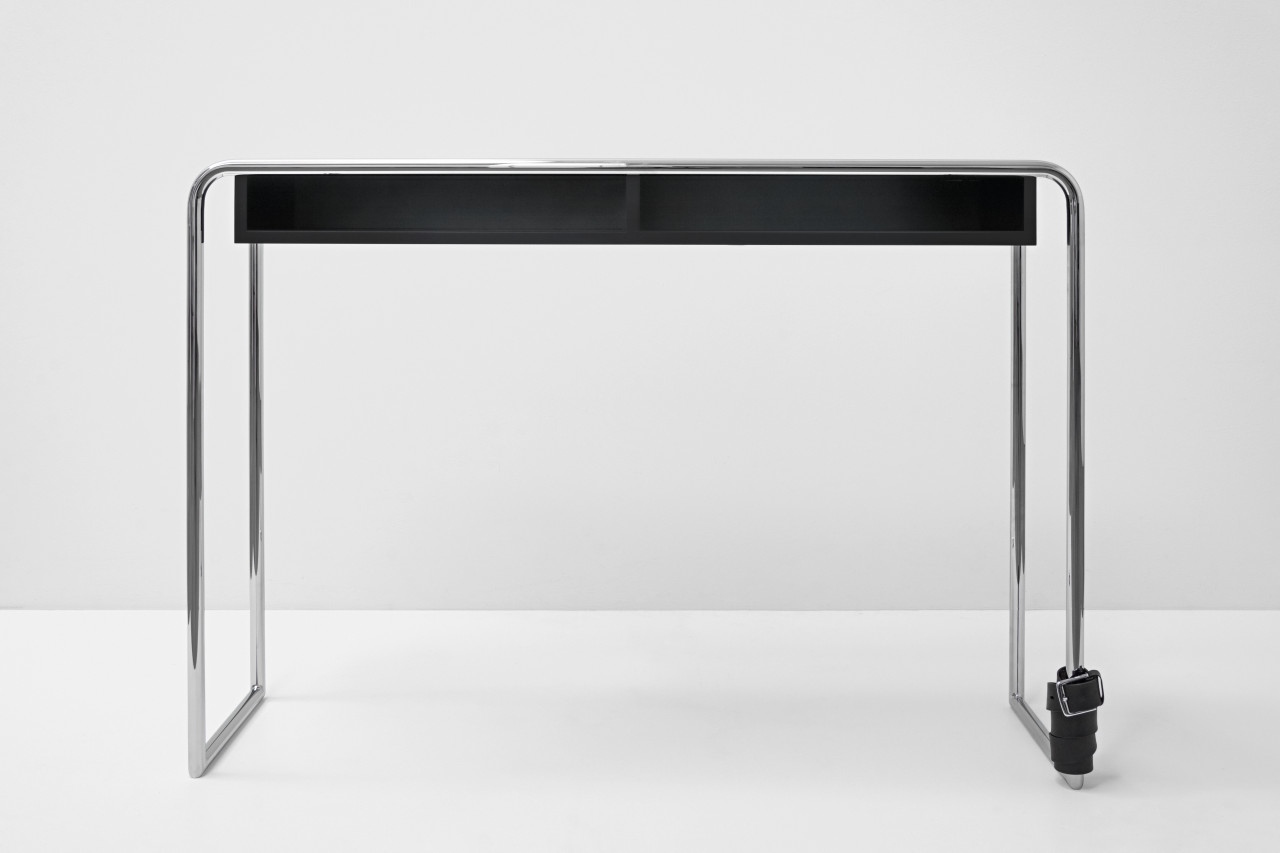
Monica Bonvicini
Home is Where You Leave Your Belt, 2019
What are unique artworks vs limited editions?
Generally, a unique artwork is a one-of-a-kind creation – such as a painting, drawing, or sculpture – that exists as a single original work. A limited edition, by contrast, consists of a set number of identical works, each signed and numbered by the artist, with no further editions produced once the run is complete.
While these are two distinct categories, the picture is often more nuanced. Many works exist between the unique and the editioned: unique trial proofs, printed to experiment with color or composition before an edition is finalized; unique variations, where an artist alters each impression by hand, making every example different; sculptor’s editions, where a limited number of casts are produced, each considered an original; or monoprints/monotypes, which combine printmaking with painting or drawing to produce one-off results.
Together, these practices show how artists continually experiment with the boundaries of uniqueness and reproducibility, offering collectors a wide spectrum of possibilities.
While these are two distinct categories, the picture is often more nuanced. Many works exist between the unique and the editioned: unique trial proofs, printed to experiment with color or composition before an edition is finalized; unique variations, where an artist alters each impression by hand, making every example different; sculptor’s editions, where a limited number of casts are produced, each considered an original; or monoprints/monotypes, which combine printmaking with painting or drawing to produce one-off results.
Together, these practices show how artists continually experiment with the boundaries of uniqueness and reproducibility, offering collectors a wide spectrum of possibilities.